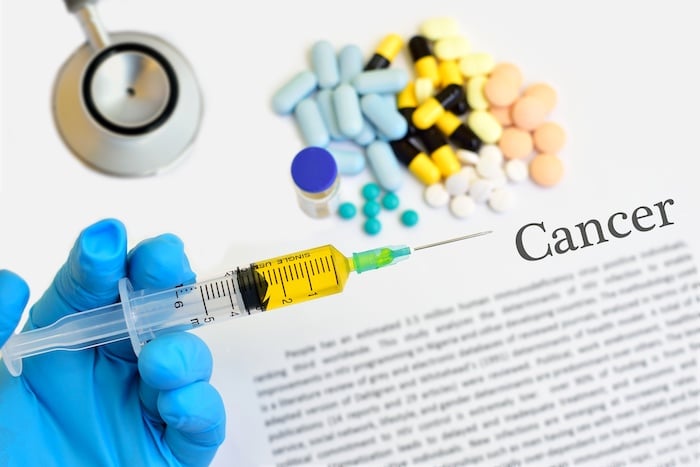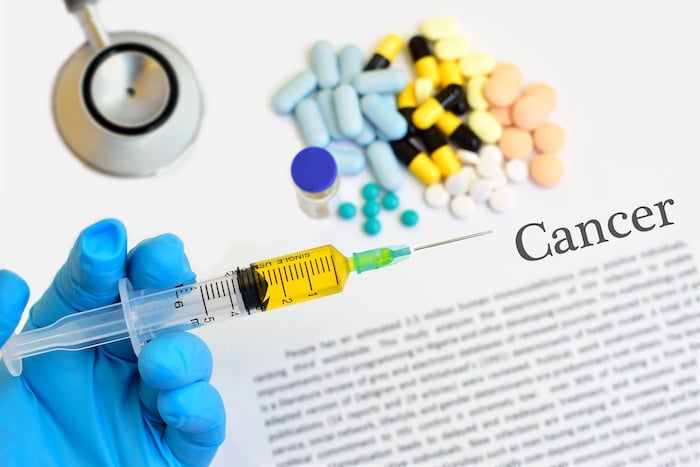
Breast cancer is a serious disease that plagues both men and women around the globe. US Breast Cancer statistics estimates that approximately one in eight women will develop invasive breast cancer at some time in their life. There are approximately 240,000 new cases of invasive breast cancer and 61,000 cases of noninvasive breast cancer diagnosed every year. There is no cure for breast cancer as of yet, though there is a significant amount of research focused upon it.
Drug discovery is important to the overall development of a cure for breast cancer. It is the process where new candidate medications are discovered. Research analysts, doctors, and scientists use a significant amount of preclinical research within drug discovery for breast cancer every single year.
Understanding the Process
Preclinical research needs to take place during the process of drug discovery for breast cancer. This is because it is required by the FDA that the preclinical research take place prior to being able to test a drug on humans. Researchers need to find out the potential for causing harm, otherwise known as toxicity.
Two types of preclinical research may be performed: in vitro and in vivo.
The research that occurs in vitro may be done inside of a Petri dish, a test tube, or in some other way outside of a living organism.
In vivo refers to when tests are performed within a living organism. Even before being tested on humans, preclinical research may involve drug discovery on mice, rabbits, pigs, and non-human primates. This will allow the researchers to see how the drug interacts prior to getting the permission to test on humans.
The FDA requires that researchers use GLP or good laboratory practices. These are all defined inside of regulations for medical product development. The minimum basic requirements are set to focus on facilities, equipment, personnel, written protocols, operating procedures, and much more. What happens throughout the preclinical research will guide researchers towards what the next step will be.
How Preclinical Research is Necessary for Breast Cancer Drugs
Drug discovery is constant within the field of breast cancer because doctors and scientists are looking at new options that are better and more effective than what's currently available in an ongoing manner – and this includes exploring first and second-generation inhibitors.
In May, Science Daily reported breast cancer drug discover about a compound currently being called eCF506. It has been shown to block the growth of cancer cells inside of the lab. This is because of its ability to target the Src tyrosine kinase molecule, which is what's needed for breast cancer cells to experience growth and spread throughout the body.
The drug has been successful within the preclinical trials where it was tested in vitro. Now, it has been moved to the clinical trials in vivo. It is anticipated to lead to fewer side effects than many of the other drugs that are currently in development.
This candidate drug has gone through a significant amount of testing and will continue to do so before it is brought for use on humans. This is done to protect anyone from suffering unnecessarily in the search for a cure for breast cancer. The goal is to find cost effective methods for treating breast cancer while minimizing the side effects.
To learn more about preclinical research, contact HSRL, Inc. for details. The goal is to provide high quality lab testing that is affordable and timely. When it comes to drug discovery for breast cancer, it can ensure there are answers achieved quickly to determine if a drug candidate can make it into the next stage of testing.

